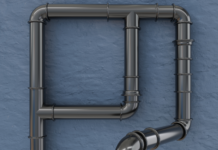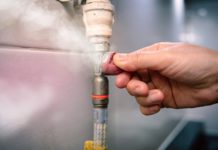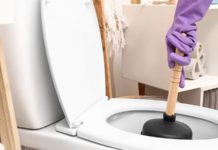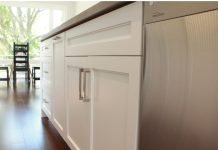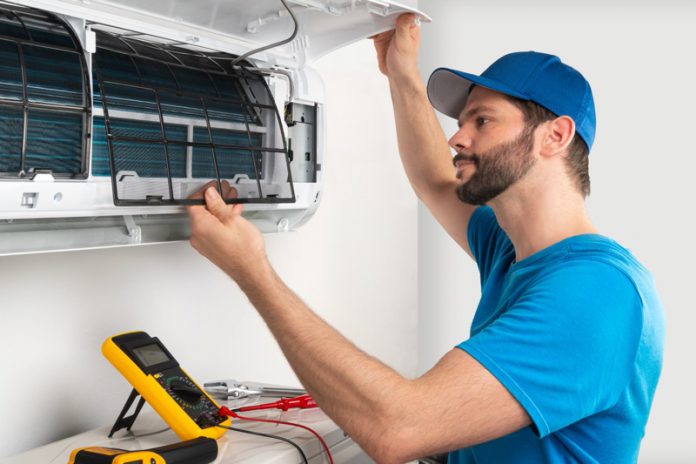
If you live in a country blessed with seasons of abundant sunshine, you probably have an air conditioning system, such as a PTAC Unit, you rely on when the temperatures begin to rise. And when it breaks down, especially unexpectedly, it can be downright unpleasant.
When your air conditioner fails to function as it should, the first thing you’ll probably wonder about is if you can fix the issue yourself so you won’t have to call air-cooling specialists. Well, here’s what you can do: evaluate the issue first to find out whether or not your system requires professional attention.
And to help you do just that, here’s a maintenance checklist you can use, as recommended by air conditioning specialists themselves.
1. Clean Or Replace The Filter
First on any AC maintenance checklist is the inspection of the filters. Filters that are clogged or too dirty can increase the amount of energy required to draw air into the system, which can contribute to a range of unit issues. If the air conditioner is used regularly, this is a maintenance task that should be done at least once every three months, if not once a month.
If you see layers of dust around the intake vent, it’s a sign that the air conditioning unit’s filters need replacement already. The filter beneath the lid is most likely clogged if it is caked with dust. By replacing filters regularly, you can avoid unnecessary pressure on your air conditioning system and thereby reduce the chances of it breaking down.
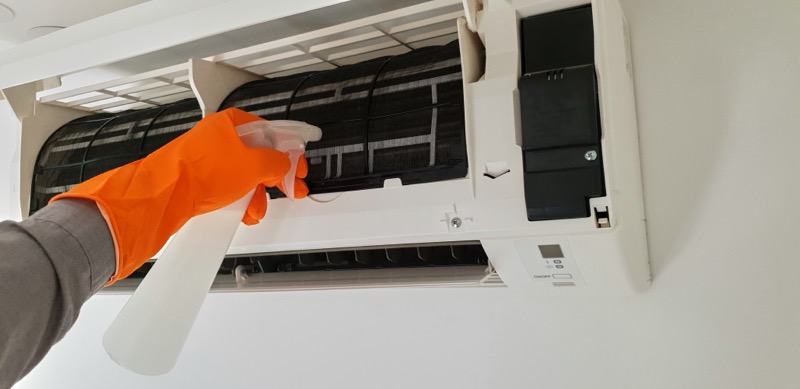
2. Clear The External Condenser Unit
An AC’s condenser, just like gutters, can gather junk over time, especially without regular maintenance. Before turning on your cooling system for the spring or summer, check your outdoor unit for twigs, leaves, and other debris that may have accumulated around it. You can use your garden hose to clean the unit thoroughly, as well as remove large pieces of rubbish.
If you’re already running your AC, make sure to turn it off first before working on the condenser. The power cut-off box is usually found near the unit. If you cannot locate or access the power box, disconnect the machine from the breaker box instead. Clear the area around your unit of bushes and other plant growth. To allow for optimal airflow, there should be at least a 24-inch clearance around the condenser.
Use a heavy-duty vacuum cleaner to remove grass clippings and other tiny debris. Then, with a regular garden hose, remove any remaining dirt and debris.
Examine the condenser fins for damage once the water has dried. Contact air-cooling specialists if your fins are severely bent in any area. If the damage is minimal, you can straighten them using a fin comb.
3. Check The Thermostat
The thermostat is the AC’s control centre that regulates the temperature to keep your space cool. It senses the ambient temperature in the room where it is installed and automatically makes adjustments to maintain the temperature you set it to. Sometimes, AC problems are only because of incorrect thermostat settings, which you can fix yourself. So, if it appears that your AC isn’t working correctly, examine the thermostat. Here are a few essential details to double-check before you call air-cooling specialists:
-
The Temperature Settings
The majority of thermostats are multifunctional, meaning they can regulate both your home’s air conditioning and heating systems. This sort of thermostat usually has three operating modes: cool (controls your air conditioner), heat (controls your heater), and off. Check them in case another household member has mistakenly turned off the thermostat switch.
-
The Power Supply
Another typical cause of an air conditioning system’s failure to function correctly is a lack of power to the thermostat. Check the power supply to the thermostat and examine if it appears that your system isn’t working correctly. See if your air conditioner reacts to changes in the temperature setting. If there seem to be no changes, you might need the help of air-cooling specialists.
4. Inspect The Blower Fan And Motor
Your air conditioner’s blower fan circulates air throughout your home. This is why blower maintenance is crucial for an air conditioning system’s optimal operation.
Before opening the access panel to check the blower, turn off your air conditioner first. Inspect the fan and motor and make sure they’re clean and free of dust and filth. The fan should be able to rotate freely, and the motor’s body should be stiff and doesn’t move or shake.
Look for the fan belt and pulleys, if your unit comes with them. Check to see if the belt is still in good shape and has no signs of wear and tear. Otherwise, it’s time to replace the belt with a new one.
Takeaway
AC maintenance checks are a must to keep your system functioning smoothly between service visits, from changing filters to keeping it clean and tidy. While there are AC maintenance tasks that are best left to air-cooling specialists, you can take these basic steps before calling professional services to save everyone from unnecessary hassle. More importantly, it always helps to be familiar with your air conditioning system so you can do your own inspection and maintenance, and be able to decide properly if you need help from air-cooling specialists before something goes wrong.


